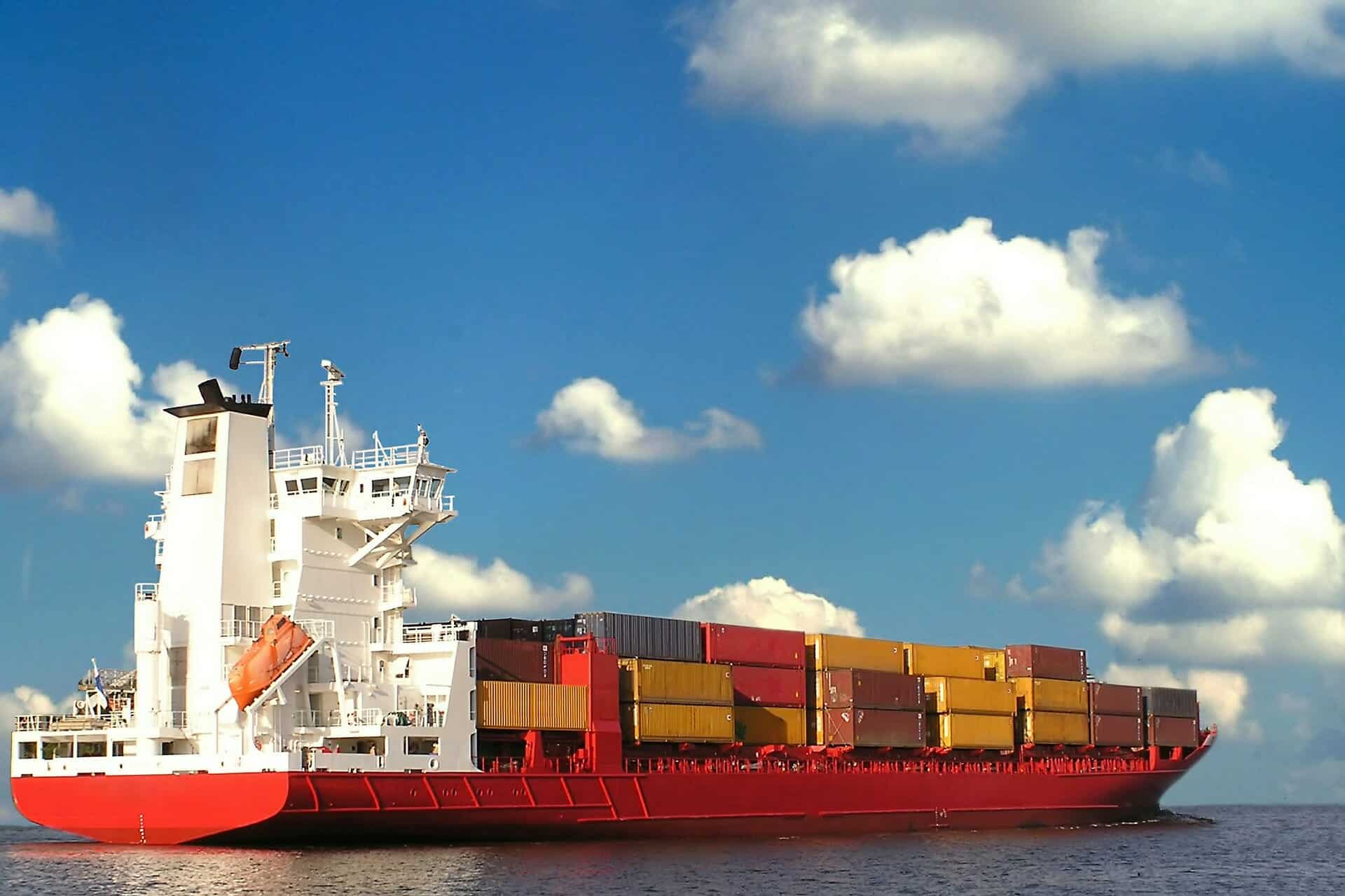Regulators and other stakeholders in the global shipping industry are exploring various options to cut greenhouse gas emissions from vessels that traverse every nook and corner of Earth, as they look for ways to meet the target of zero carbon emissions by 2050.
According to the fourth Greenhouse Gas study of the International Maritime Organization or IMO, conducted in 2020, some 60,000 commercial ships carry 11 billion tons of cargo around the world every year.
The quantum of carbon-dioxide emissions by these vessels were 1,056 million tons or MTs in 2018 compared with 977 MTs in 2012, contributing to 2.89 percent of total carbon emissions in 2018, compared with 2.76 percent in 2017.
With a member strength of 174 countries, the IMO wants to reduce these emissions by 50 percent by 2050 and wipe the slate clean by end of the century.
The options before the shipping industry to reduce the emissions is using LNG as marine fuel or use blue/green Hydrogen or ammonia as alternate fuel.
However, energy transitioning in the shipping industry needs new technologies and infrastructure, like bunkering facilities in major seaports in the world, to support low- and zero-carbon shipping.
Shipping industry members are already asking for a carbon tax, which would give them an incentive to invest in greener technologies.
More such issues are likely to come up before the next UN climate change conference, COP26, which will be held at Glasgow in the UK between October 31 and November 12 this year.
GCC and fuel transition
The Gulf Cooperation Council has an important role to play in meeting the demand for supplying green hydrogen not only to the shipping industry but also to the automobile sector in different countries.
Among the GCC nations, Saudi Arabia and the UAE are the leading green-hydrogen-producing countries in the Middle East, followed by Oman, Qatar, and Kuwait, in that order.
Saudi Arabia leads the UAE in the region, and they are set to become major hubs for green-hydrogen production in the coming years as the industry turnover is expected to be around $300 billion by 2050.
While the UAE has announced establishment of the $14-million green hydrogen project in the Sheikh Mohammed bin Rashid Al Maktoum Solar Park near Dubai, Saudi Arabia is setting up the world’s largest green hydrogen-based ammonia production facility at the city of Neom at a cost of around $5 billion.
The government of Oman is also establishing a $2.5-billion green ammonia and hydrogen project at Duqm, along with a green hydrogen plant powered by 25GW of renewable energy.
Egypt will be investing $4 billion in a green hydrogen project, while Qatar has already started exporting hydrogen, making it the fifth-largest exporter of the gas in the world in 2019.
At the 12th International Fujairah Bunkering & Oil Virtual Forum in March 2021, delegates said there were several fuel choices such as LNG, hydrogen, biofuels, wind power, and methanol, to meet IMO’s GHG emission cut goals. However, the industry should explore the commercial viability of such fuels.
Opportunities and bottlenecks
Among these alternatives, hydrogen neither emits any CO2 nor produces sulfur oxides or particulate matter, and is considered viable commercially as the cost is $20 per MT at present.
However, this fuel requires high-pressure tanks when stored as a gas or temperatures of -253°C when stored as a liquid.
It is also highly combustible, which may deter industry participants from using it.
For shorter distances, ships can operate on hydrogen fuel but for long-distance ships, refueling may be a hurdle as all countries have to invest large sums to develop bunkers and refueling facilities in their ports.
The China Maritime Safety Administration has authorized its officials to finalize the first set of technical rules for hydrogen fuel in shipping, while Germany-based energy provider Uniper recently scrapped plans for an LNG import terminal in Wilhelmshaven in favor of hydrogen.
Wind power is an age-old and convenient form of energy, available abundantly at sea, but it has become redundant after the advent of machines.
Ammonia can be used as marine fuel as the conversion process is economical, and involved little fuss. It is already being produced for the chemical industry, and its storage requires only refrigeration. However, it is highly toxic and any leakage may result in industrial accidents.
Methanol can also be considered, but it requires large storage complaints because of its low density, and safety is an issue as it is inflammable.







